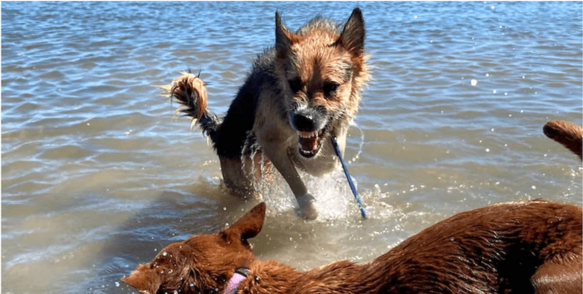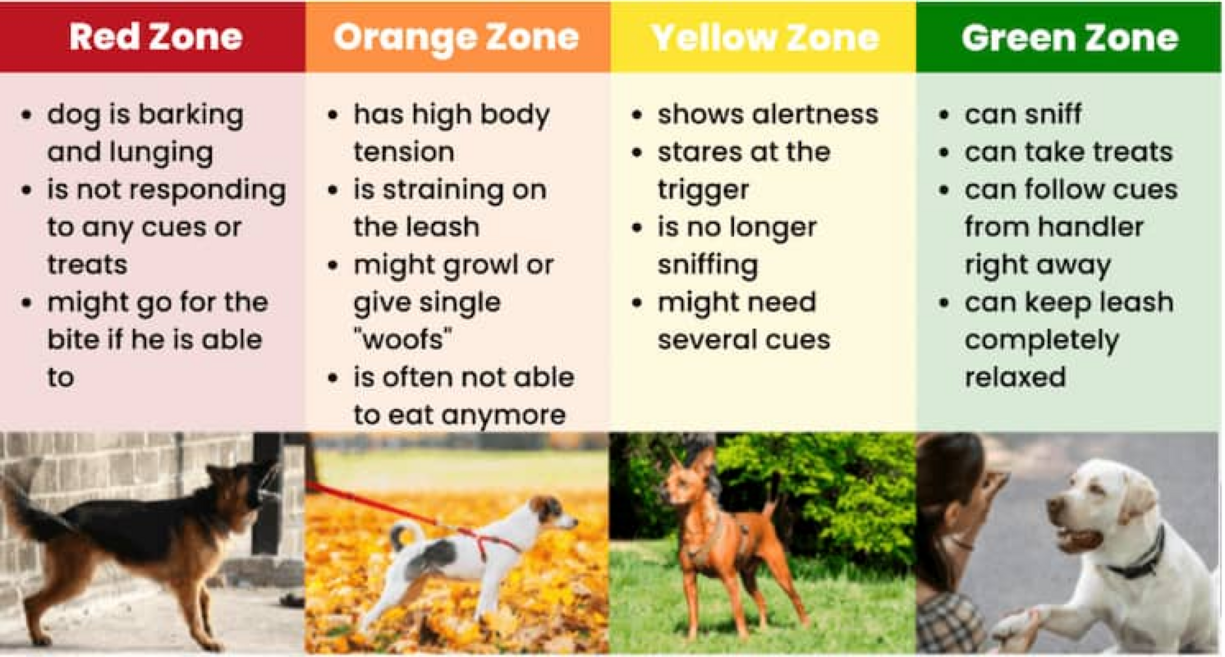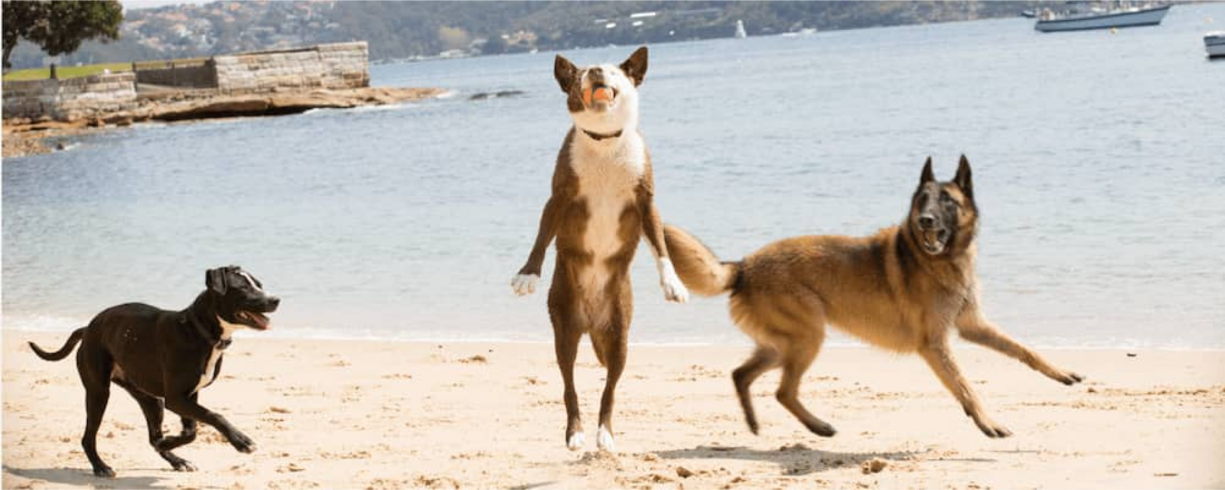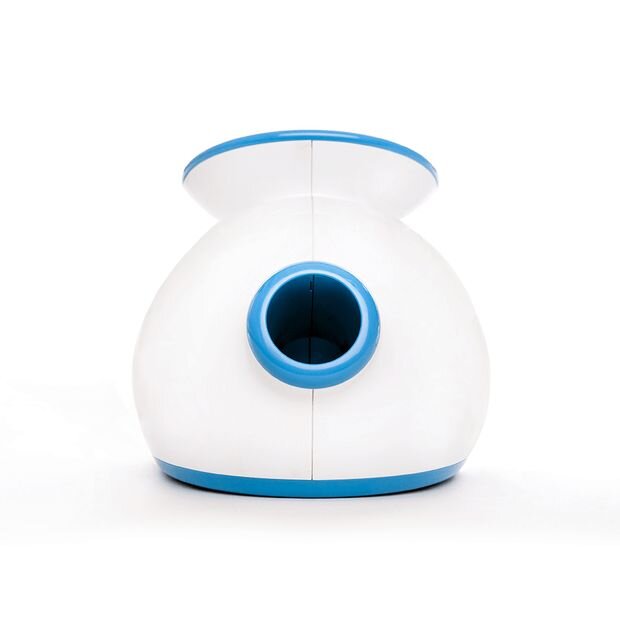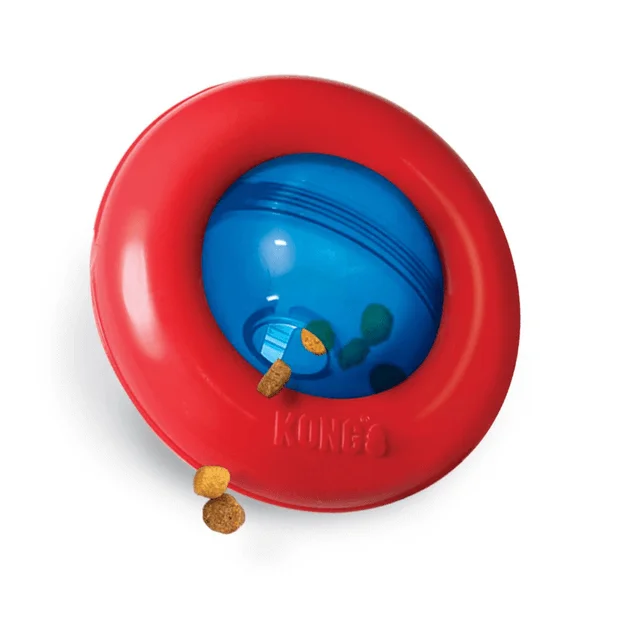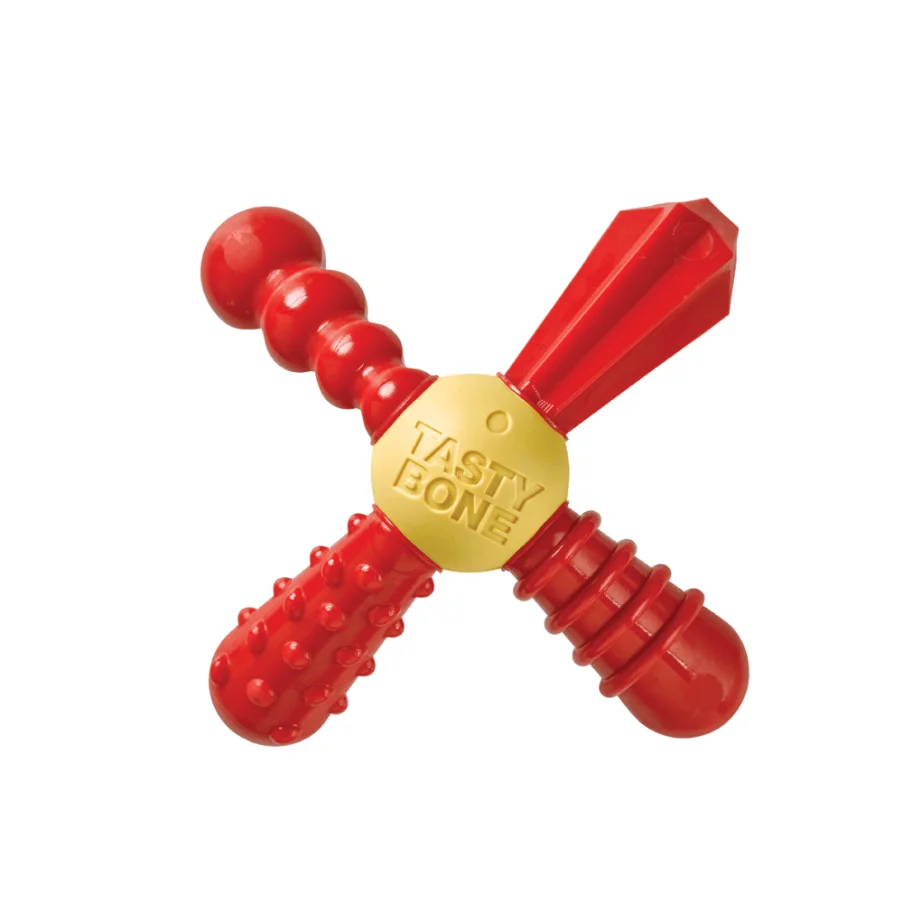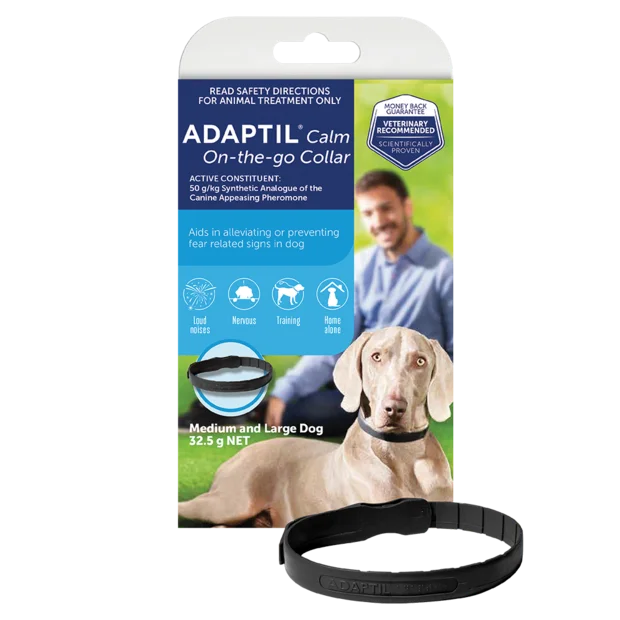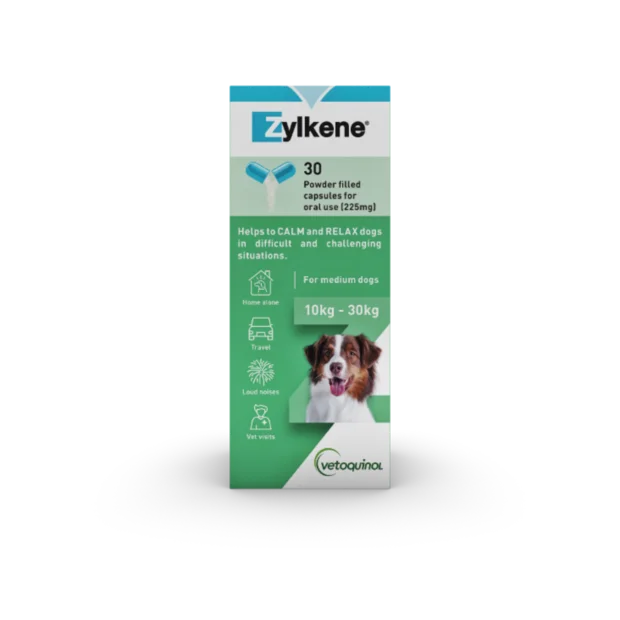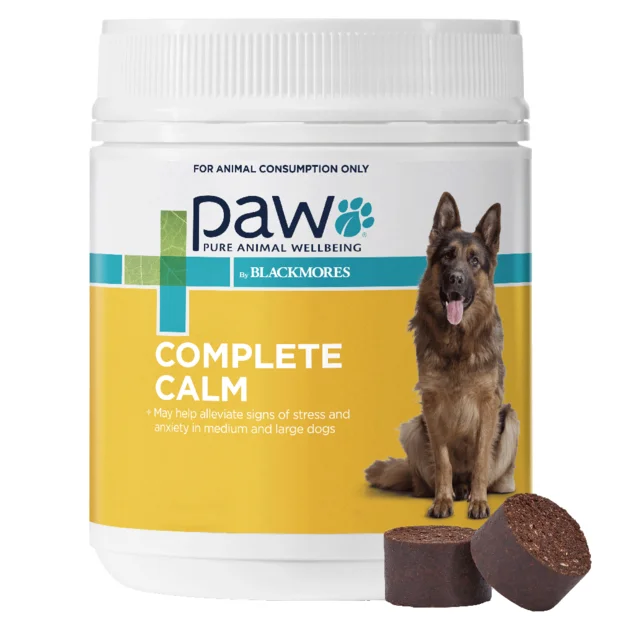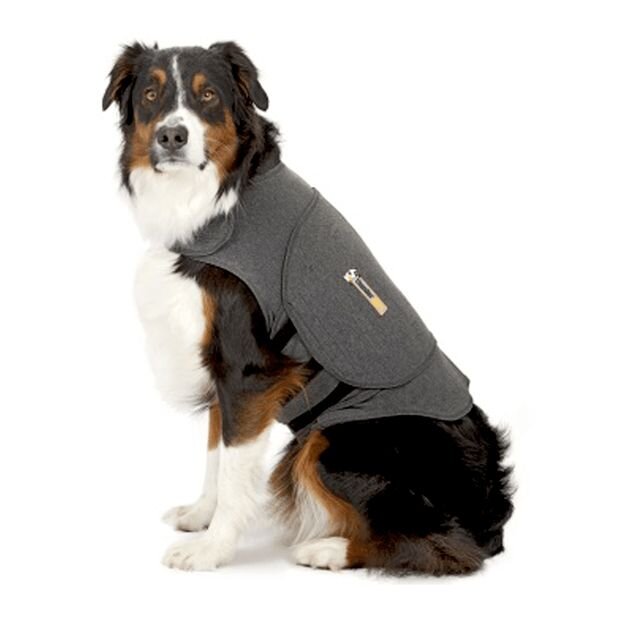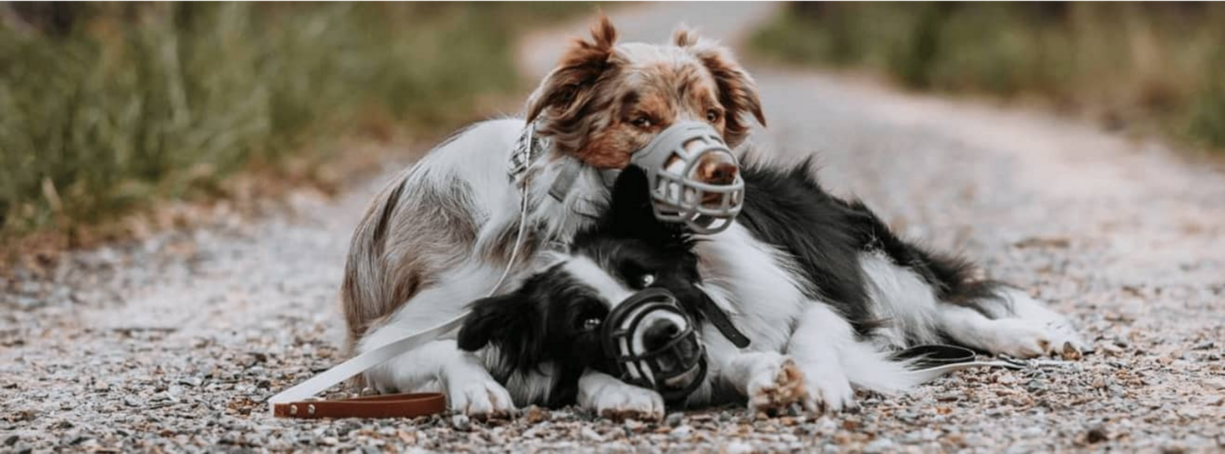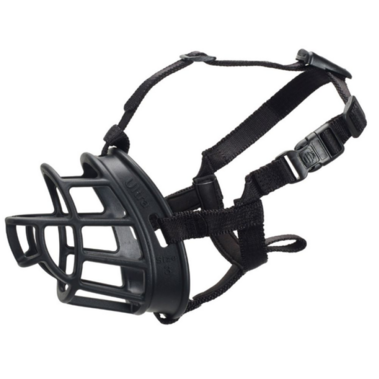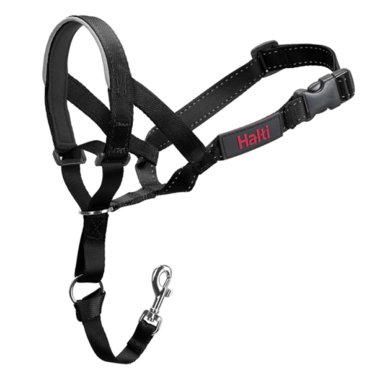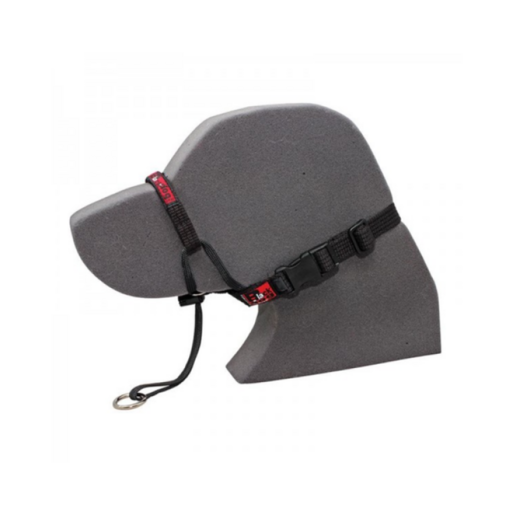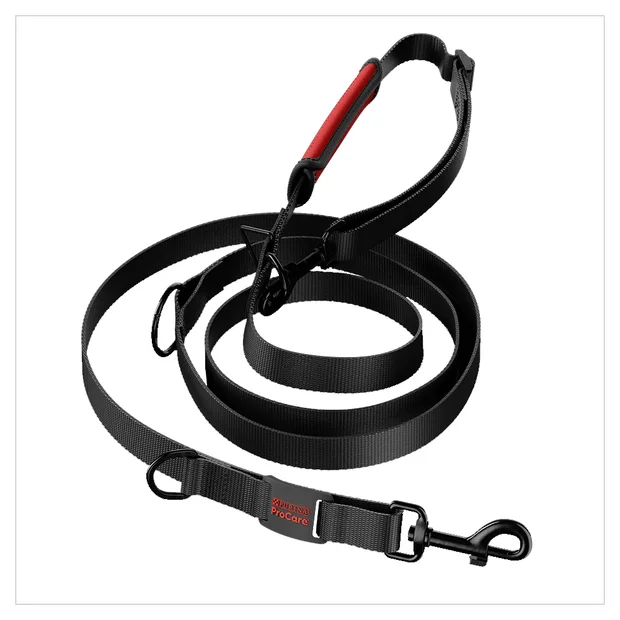Identify Your Dog's Triggers
Before you can manage or train your reactive dog, you need to know what your dog is reacting to. You cannot reduce a dog's fear, if you don't know what they are scared of. Some dogs may have obvious triggers, like other dogs, or people in hats, maybe skateboards. Other dogs may have more subtle triggers, like the way the person is holding their hands or their facial expression (dogs are very perceptive to body language!). Pay attention to your dog when they are feeling uncomfortable or reacting to something, but also pay attention to what they are reacting to, so you can work out what their trigger might be.
Once you know your dog's triggers, you can avoid them. Set yourself up for success by only exposing your dog to their triggers in training situations. When a dog reacts to their trigger, it reinforces the behaviour, making it more likely to happen again. There are two reasons for this. If your dog is barking at something that naturally moves away, your dog perceives their behaviour as the reason it moved away because they don't know it would have left anyway. This is why dogs love to chase the Postman! The other reason comes back to survival instincts. Your dog remembers the fear and stress of an incident, so that he can get out of that situation quicker next time.
Advocate For Your Dog
Image credit: @herding__heroes/
Our dogs don't have voices to tell us what is wrong and we often miss the subtle signs, which can be why they feel the need to lash out to protect themselves. It is your job to be the voice for your dog. You should be constantly assessing the situation to look for potential triggers and taking action to steer your dog away from them. Avoid places with high numbers of triggers, e.g. dog parks or shopping centres.
If your dog is in an overwhelming situation, leave the situation. It can be difficult and seem rude to tell people 'No', but you need to speak up on your dog's behalf. You need to put your dog's wellbeing above that of strangers, or even friends, to show your dog they can trust you. Tell people no, ask other owners to recall their dogs or put them on leads, use harnesses and leads that say 'in training' or 'do not pet'.
You can also advocate for your dog by using your body language to reassure them. Be confident in all situations. If you are anxious, your dog will be as well. So pick your battles and choose to train in situations where you feel comfortable. Keep your tone calm and confident. Stand between your dog and other people or animals that approach. Focus your attention on your dog and what they are doing, not what the trigger is doing. If someone pulls you up to chat, face your dog and give them your attention to show that you are protecting them. If your dog is around a trigger and is remaining calm, flip the script. Ask the person if you can approach them, or their dog, let your dog sniff, and walk away calmly.
Muzzle Train Your Dog
